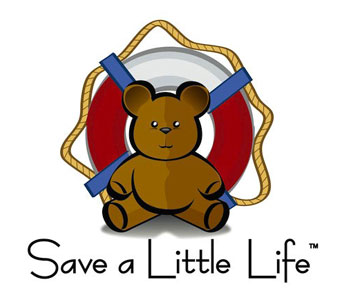WATER SAFETY TO PREVENT DROWNING
It sometimes takes a well-publicized drowning death to get parents and care providers re-focused on what remains a major health risk to infants & children. Well over one thousand drowning deaths occur annually to children in this country. This serves a reminder that we cannot be overly lax when it comes to water safety.
We know from statistical data where most water-related deaths occur. According to the National Center of Health Statistics, this is where children drown:
- 50% of infant drowning deaths occur in bathtubs
- Children ages 1-4 drown most often (56%) in swimming pools
- 26% of the 1-4 age group drown in “natural bodies of water”, i.e. lakes, rivers & streams
- Buckets of water (no data provided) remain a risk to the infant & small child
- After age 10, the risk of drowning is 10 times greater for African-American males. This disparity was particularly evident in African American children over the age of 4 through adolescence
Swimming pools remain the greatest risk for all children between the ages of 1-4. It remains imperative that constant and adequate supervision take place for all children while in or around all bodies of water.
Specifically, the musts include:
- Installation of fencing around residential pools at least 4 feet in height.
- Use of flotation devices when riding in a boat or playing near a river, lake or the ocean.
- Education focused on children not being left alone or without adult supervision.
- Reminder of the dangers of drug and alcohol consumption for anyone in a body of water.
- The need for parents, teens and other care providers to learn CPR!
- The American Academy of Pediatrics recommends that all children, after the age of 5, learn how to swim.
Drowning remains the second leading cause of unintentional death in the 1-19 age group. This should be a reminder that all parents remain vigilant in order to protect and safeguard our loved ones.



